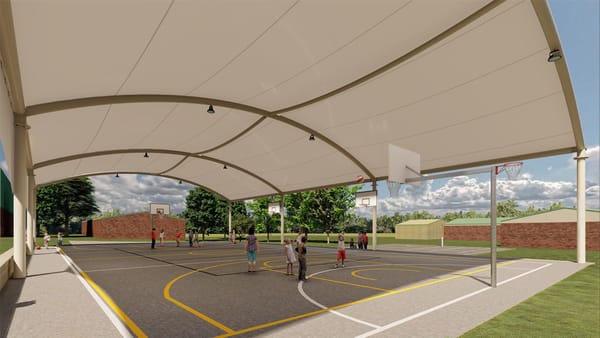Headstone Project honours World War I veterans in unmarked graves
Private Raymond Clarke had lain in Murray Bridge Cemetery, and Gunner Andrew Swanson in Tailem Bend Cemetery, for decades before anyone knew who they were.

This story is free to read. Help us tell more stories like this by subscribing today.
Two local servicemen have finally received the honours they deserved, more than half a century after their deaths.
Private Raymond Clarke and Gunner Andrew Swanson both served in the Australian Imperial Force during World War I.
Both were discharged as medically unfit and returned to Australia.
Gunner Swanson lived in poverty for his remaining years, and drowned in the River Murray at Tailem Bend on January 20, 1921.
Private Clarke qualified for a military pension and survived a lot longer, but became estranged from his family; he died at Murray Bridge Soldiers’ Memorial Hospital on February 20, 1956.
Aside from their military service, both men shared something else in common.
They were both buried in unmarked graves.
Gunner Swanson’s grave was identified in 2008; but Private Clarke lay at his final resting place, anonymous and unremarked upon, until Saturday.

The Headstone Project is a national volunteer effort to ensure that the graves of all World War I veterans are suitably marked.
“The ones we look for are the ones who fall through the cracks,” volunteer Ian Hopley said.
In partnership with local historians, Headstone Project volunteers finally figured out where Private Clark was buried, and connected his name to a bare patch of earth.
A handful of observers gathered for the unveiling of two memorials at graveside services on Saturday morning, at Murray Bridge’s Adelaide Road cemetery, and at Tailem Bend Cemetery in the afternoon.
The Office of Australian War Graves ruled that Private Clarke’s death had been connected to his military service, making him eligible for a government-funded slab and headstone.
Gunner Swanson’s grave was marked with a new headstone and plaque supplied by the Headstone Project.

Two men enlisted, fought and came back changed
Raymond Clarke was 28 years old, married and a father of six by the time he enlisted in Melbourne in December 1916.
He was sent to join the 37th Battalion in England, was dispatched to France, and spent seven months in the trenches before being badly wounded by gunfire and shrapnel, and blinded in his left eye, in April of 1918.
“What Raymond’s service documents do not tell us is the terrible effect this war had on his mental health,” Headstone Project state president John Brownlie said.
“These men returned with what was known at the time as shellshock, but what we now know as PTSD.
“At the time of their return, they were simply told to get over it.”
Sometime between his discharge in 1920 and his death 36 years later, he became estranged from his family.

Even less is known about Andrew Swanson, who had a headstone erected over his grave at Tailem Bend Cemetery on Saturday afternoon.
He was born in Skien, Norway in about 1876, migrated to Adelaide and was recorded as having been a fisherman.
He joined the AIF in 1916 and went on to serve in Egypt with the 3rd Light Horse Regiment, then on the western front as a gunner with the 5th Division.
However, he was deemed medically unfit, discharged and sent back to Australia in August of 1917.
By 1921, the year of his death, he was destitute and living in a camp beside the River Murray.
He left behind no known relatives.
Commemorative mission remains unfinished
Headstone Project volunteers believe around 2500 Australian servicemen are lying in unmarked graves around South Australia, including half a dozen more in Murray Bridge.
If cemeteries on foreign battlefields were maintained at great expense, Mr Brownlie suggested, didn’t the men and women buried on home soil deserve to be commemorated, too?
He called on the federal government to do more to recognise the likes of Private Clarke and Gunner Swanson.
“As a nation, I believe we could have (done) and should do better,” he said.
“It is a small price for a nation to pay for any person who has enlisted, served overseas and been prepared to give their life for their country to be recognised in death.
“They served, and they deserve to be remembered.”


New markers identify the graves of Private Raymond Clarke and Gunner Andrew Swanson in Murray Bridge and at Tailem Bend, respectively. Photos: Peri Strathearn, the Headstone Project South Australia/Facebook.
Correction: An earlier version of this story incorrectly suggested Gunner Swanson’s grave had been unmarked prior to May 25.





